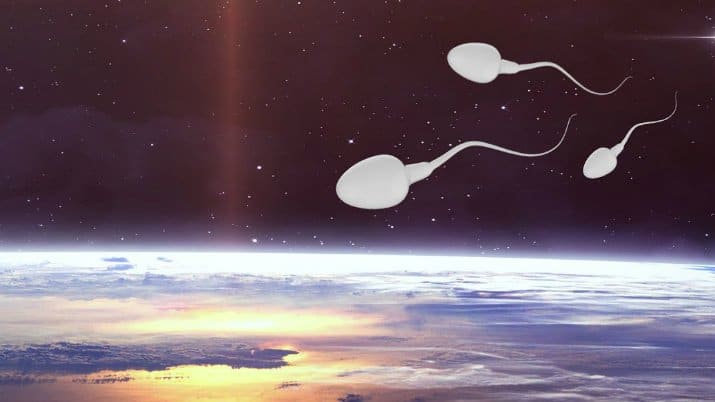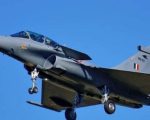WASHINGTON, D.C. – NASA is sending frozen samples of human sperm to space for its latest research project to understand how fertilization would work if sperm and egg were to unite in space.
With Micro-11, scientists at the Ames Research Center (ARC) in Silicon Valley want to get knowledge about how reproductive biology functions under the influence of microgravity.
“As we plan to travel beyond the space station with thoughts of colonization on the moon and Mars and other heavenly bodies, the question of whether or not multi-generational survival can occur — not only in animals but in humans — is a very fundamental question that needs to be addressed,” said Joseph Tash, a researcher at the University of Kansas Medical Center who will examine the sperm upon its return to Earth.
In mammals, including humans, fertilization occurs when a sperm cell swims toward and enters an egg cell. For this to happen, though, the sperm must be “activated” first, otherwise it won’t get moving at all. Next, the sperm cell has to pick up speed to be able to fuse with the egg cell, and the sperm’s cell membrane has to become more fluid.
https://en.dailypakistan.com.pk/technology/russia-is-sending-a-terminator-robot-into-space/
Previous experiments in space with bull or sea urchin sperm showed that while sperm was activated faster in microgravity, the subsequent steps happened slower or not at all. That does not bode well for potential space babies.
For the Micro-11 experiment, astronauts on the ISS will thaw the sperm samples and mix them with chemicals “that trigger activation of sperm movement and preparation for fusing with an egg,” according to a NASA press release. Then they’ll assess how well the sperm cells move.
Finally, Tash and other researchers back on Earth will examine whether the sperm went through all the steps necessary for fertilization and how it looks different from sperm cells that didn’t take a quick trip to space.
The new space-sperm project is the first to involve human sperm. Many other kinds have been examined before: Frogs, salamanders, snails and aquatic invertebrate animals have gone through successful breeding in space — all under the watchful eye of the astronauts, of course.
In 1979, Russia tried to breed rats in space. Two of the rodents did become pregnant, but they both suffered miscarriages.














